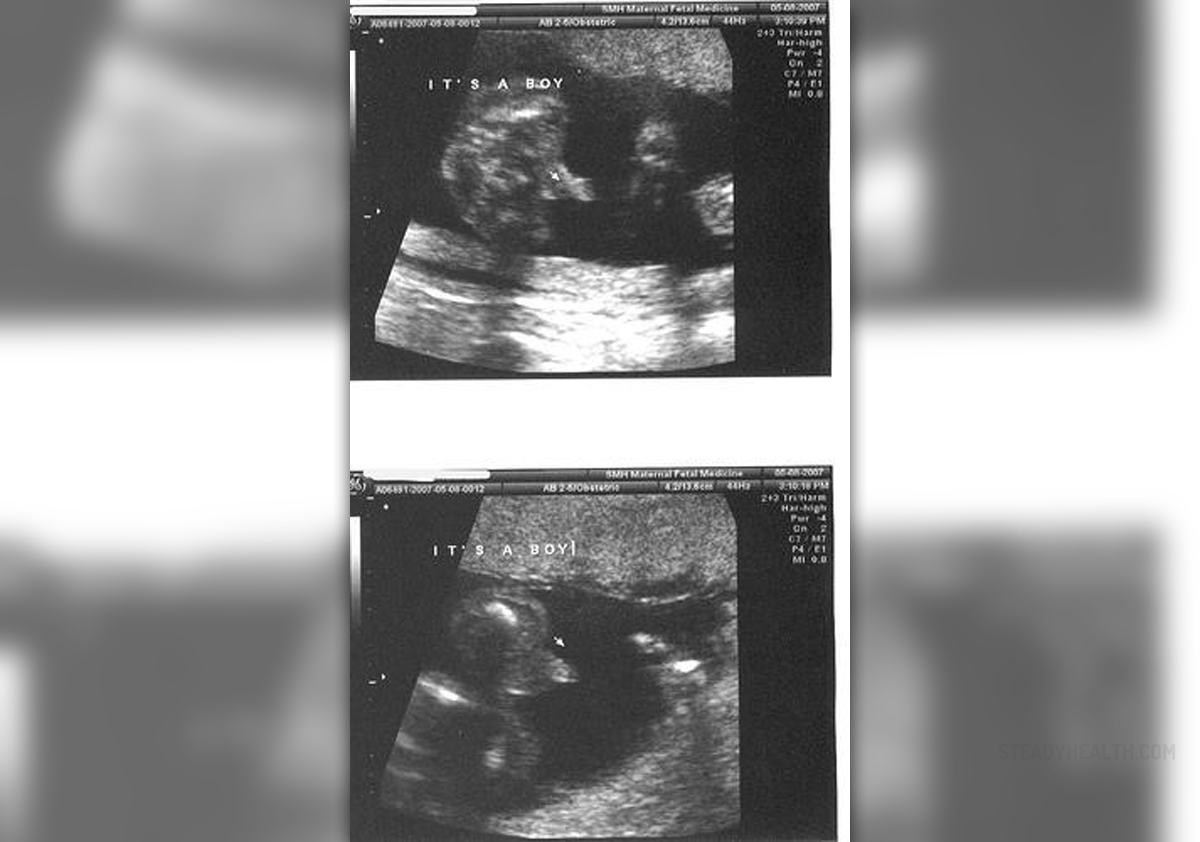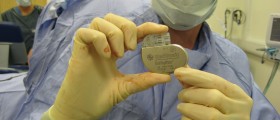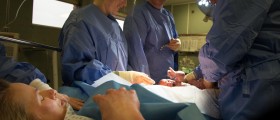
Nowadays, fetal monitoring is carried out through special devices available in birth facilities. These electronic fetal monitors help with the process of tracking fetal heart activity, as well as contractions of the uterus. Even though the two are commonly monitored together, information about them can be obtained separately. The electronic fetal monitoring can be either internal or external.
Definition of Fetal Monitoring
The main purpose of fetal monitoring is making sure that the fetus is going through the labor process properly, being without any health problems. The devices used for fetal monitoring may be capable of showing the end of contractions even before the pain the woman in labor is experiencing disappears. This way, encouragement and hope can be increased during this painful, but wonderful procedure.
Once the electronic fetal monitor is installed on a patient, her movements become limited and she may only shift from lying down to sitting or lying to the sides. Either way, the patient does not have to stay locked to the bed and has a certain range of mobility.
Types of Fetal Monitoring
As it was mentioned above, there are two types of fetal monitoring, external and internal. The former type signifies that the necessary information is obtained through a small ultrasound device which is placed on the abdomen and fixated by a stretchable belt. This way, contractions are measured whenever they appear. However, even though this method can measure the frequency and length of contractions, it cannot give information regarding their intensity.
Therefore, once a woman gets to the hospital or any other place for giving birth, she is commonly exposed to 20 minutes of external fetal monitoring. If everything seems to be in order, the monitor is removed and the woman is free to walk and move around.
If the doctor has certain doubts regarding the health of the fetus, internal fetal monitoring may be a necessity. Here, a tiny electrode is attached to the scalp of the baby, allowing the health practitioners to monitor his/her heartbeats. This process allows the mother to walk and does not require the confinement of external fetal monitoring.
In case of a necessity of obtaining information about the intensity of contractions, a monitoring device is inserted into the uterus during vaginal exam.
Basically, both of these ways are combined together, providing a better insight into the child's health. Internal fetal monitoring can be only carried out after the water bag has broken. Even though it does not interfere with the pregnancy directly, it can lead to a greater chance of cesarean section.
















Your thoughts on this
Loading...